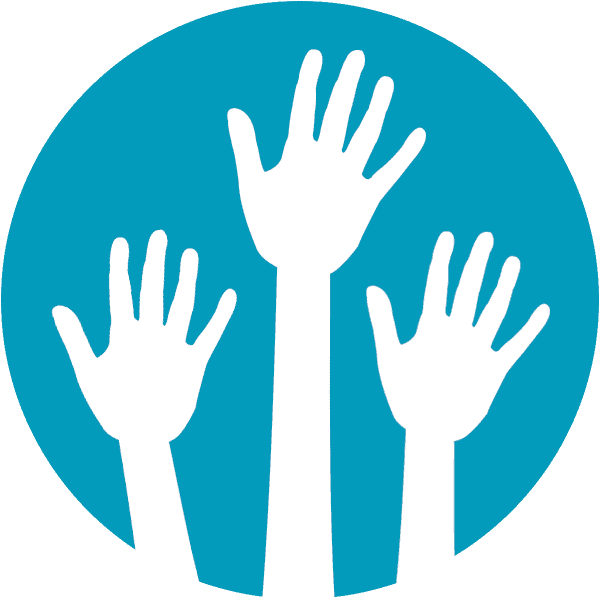Pediatric Dystonia
Types of Dystonia that Begin in Childhood
Dystonia in childhood is a movement disorder that causes involuntary muscle contractions. These muscle contractions result in twisting, repetitive movements and abnormal postures. The movements and postures may be chronic or occur in episodes. Symptoms can vary with body position, specific tasks, emotions, and state of consciousness.
Signs of dystonia in children can include:
- A body part is flexed or twisted into an abnormal position.
- Repetitive and patterned body movements, which may resemble tremor.
- Movement symptoms worsen with voluntary action. (This can cause the incorrect perception that the child is ‘faking’ the symptoms.)
- Symptoms may be present with some activity but absent with others. For example, symptoms may be present while walking forward but not running or swimming.
- Symptoms diminish or disappear during sleep.
- Attempting a movement task on one side of the body may activate dystonia symptoms on the opposite side.
- Dystonic movements and postures may be temporarily relieved by a gentle touch or specific action called a sensory trick.
Diagnosing dystonia in children is complex and requires careful evaluation by experts in pediatric movement disorders. Dystonia can be the only movement symptom a child has or occur along with other movement symptoms—for example, myoclonus (jerking movements).
Dystonia in children is diagnosed primarily by expert observation of the physical symptoms. The diagnostic work up may include blood tests, genetic testing, testing for metabolic disorders (lumbar puncture), magnetic resonance imaging (MRI), and electroencephalography (EEG).
An expert can ensure dystonia is not mistaken for spasticity, weakness, bradykinesias, or other movement symptoms such as tics.
Numerous underlying causes of dystonia in children are treatable, so careful investigation into the possible causes of dystonia is important. Possible causes include hypoxic brain injury, infections, autoimmune disorders, metabolic disorders, stroke, toxins, and certain medications.
Dyskinetic cerebral palsy is among the most common causes of dystonia in children. Dyskinetic cerebral palsy is characterized by a combination of involuntary movements including dystonia and choreoathetosis (writhing, twisting movements). Symptoms typically occur on both sides of the body and begin after the first year of life. Patients may also have spasticity (muscle tightness).
Dystonia acquired due to an insult to the brain such as a stroke or brain tumor may develop months or years after the incident.
There are a number of inherited dystonias that affect children, many of which are attributed to a single gene variant. These genes include DYT1/TOR1A, DYT6/THAP1, DYT11/ SGCE, and others. Several gene panel tests are available to screen for dystonia-causing genes.
Treating dystonia in children may require a team of health care professionals, including a neurologist or child (pediatric) neurologist with special training in movement disorders.
Although dystonia symptoms can be difficult to eliminate completely, treatments are available.
Treatment may include physical therapy, occupational therapy, adaptive equipment and devices, speech therapy, behavioral strategies such as relaxation techniques, oral medications, botulinum neurotoxin injections, and/or deep brain stimulation surgery.
Oral medications may include baclofen, trihexyphenidyl, levodopa, and diazepam. Side effects are common. Children may be less likely to recognize or complain about medication side effects than adults.
Dopa-responsive dystonia is a group of diverse inherited disorders often misdiagnosed as cerebral palsy. Consensus among most clinicians suggests that children presenting with dystonia should be prescribed a trial of levodopa because dopa-responsive dystonias typically respond dramatically to this therapy and children with various additional types of dystonia may also benefit.
Common concerns for children with dystonia include pain management, difficulties with daily tasks, trouble using the hands, difficulty with seating, mobility challenges, sleep difficulties, and sometimes communication issues. Children with dystonia, especially inherited dystonias, may have higher rates of anxiety and depression than children overall. While treatment for dystonia in children tends to focus on reducing the movement symptoms, these non-movement aspects of dystonia can have a significant impact on overall quality of life and should be considered as part of a comprehensive treatment plan.
Diagnosing dystonia in children can be a complex process, given its many manifestations and causes. The following questions and topics may be helpful to discuss with your child’s doctor during the evaluation process once a dystonia diagnosis is made or suspected.
- How did you come to a dystonia diagnosis for my child?
- Are there additional movement or neurological symptoms?
- Could the dystonia have resulted from a reaction to medication?
- Could the dystonia be attributed to cerebral palsy, a brain lesion, autoimmune disorder, or infection?
- Is neuroimaging, such as MRI, recommended?
- Could the dystonia be attributed to a metabolic disorder? Do you recommend a lumbar puncture?
- Is genetic testing appropriate? Can you recommend a genetic counselor?
- What treatments do you recommend and why?
- What can be done to address specific symptoms (e.g. pain, trouble sleeping, etc.)?
- Who can help us develop strategies to assist in daily living? (e.g. mobility, self-care, communication, etc.)
Not all dystonia symptoms in children indicate a chronic movement disorder. The following conditions, which should be diagnosed by a qualified physician, can typically be resolved within the first several months or years of a child’s life:
- Benign idiopathic dystonia of infancy: Transient dystonic postures and/or movements may occur in infants. Symptoms appear during the first months of life and resolve without treatment.
- Benign paroxysmal torticollis: Recurrent head-tilting or twisting, often with vomiting and irritability. Episodes typically occur with some regularity and become less frequent as the child develops.
- Congenital muscular torticollis: A rare disorder characterized by shortening of muscle in the neck causing the neck to twist. It is seen in newborns or very young children. This is not a dystonic disorder. Treatment includes physical rehabilitation and sometimes surgery.
- Paroxysmal tonic upgaze: Recurring episodes of sustained eye movements in infants under one year of age. Symptoms may outwardly resemble epileptic seizure, but there is no loss of consciousness. Due to this resemblance, diagnosis is not made until seizures have been ruled out. The episodes eventually diminish.
The DMRF offers numerous resources for parents of children with dystonia:
Support4Parents of Children with Dystonia
A closed peer support group on Facebook for parents.
Never Look Down by Zachary Weinstein & Alyssa Dver
An illustrated book for children with dystonia.
Red Light, Green Light
A fact sheet to help explain dystonia to young children.
For individual assistance, parents are welcome to contact the DMRF.



